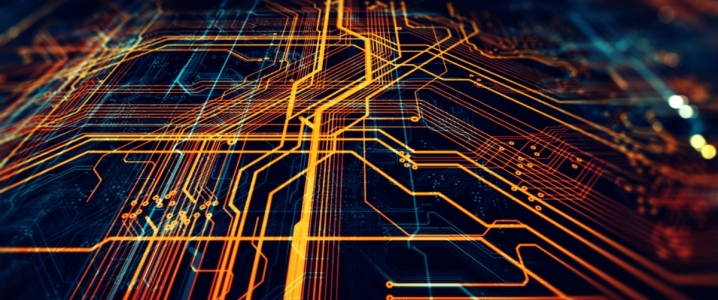
Researchers at the University of Michigan have developed a new rechargeable technology for batteries that could have double the power output compared to today’s most-widely used batteries, without catching fire or taking up additional space. This new tech could drastically extend the range of the electric vehicles or the time between cell phone charges.
The lithium ion battery, the current standard for battery technology, became the norm in the early 1990s, when it was found that such technology was more stable than the rechargeable lithium metal batteries tested in the 1980s. Those early lithium metal batteries used liquid electrolytes, and in the battery environment, the lithium traveling between the electrodes formed “metal whiskers”, the so-called dendrites that can create a short circuit and cause the batteries to catch fire and even explode.
Now the University of Michigan researchers say that their battery breakthrough—using a ceramic, solid-state electrolyte in lithium metal batteries—solves the short-circuiting and poor durability issues with those batteries, in what could be a game-changer and a roadmap to what could be the next generation of rechargeable batteries.
The current widely used lithium ion batteries use graphite to prevent the forming of the metal whiskers, but energy density and capacity with graphite is much lower than the energy density in lithium metal in a solid-state battery, the scientists say in the research funded by the Advanced Research Project Agency-Energy and the Department of Energy.
Current lithium ion batteries max out with a total energy density at around 600 watt-hours per liter (Wh/L) at the cell level, while solid-state batteries can reach 1,200 Wh/L, according to the researchers.
To solve the combustion issue with the lithium metal, the engineers created a ceramic layer that stabilizes the surface and prevents the forming of metal whiskers, and prevents a possible short-circuit that could lead to a fire. This layer allows batteries to use the benefits of lithium metal—energy density and high conductivity—without the dangers of catching fire or degradation over time.
“It’s not combustible. We make it at over 1,800 degrees Fahrenheit in air. And there’s no liquid, which is what typically fuels the battery fires you see,” said Jeff Sakamoto, a UofM associate professor of mechanical engineering who leads the work.
“You get rid of that fuel, you get rid of the combustion.”
The new lithium metal battery technology not only prevents fires, but it also dramatically improves charging rates, the researchers say.
“Up until now, the rates at which you could plate lithium would mean you’d have to charge a lithium metal car battery over 20 to 50 hours (for full power),” Sakamoto said. “With this breakthrough, we demonstrated we can charge the battery in 3 hours or less.”
“We’re now on par with lithium ion cells in terms of charging rates, but with additional benefits.”
In the tests that the engineers conducted, the ceramic electrolyte lithium metal battery hasn’t shown degradation over time, unlike the lithium ion battery where the charge/recharge process inevitably leads to the eventual death of the battery.
Nathan Taylor, a UofM post-doctoral fellow in mechanical engineering, said that the engineers tested the lithium metal battery for 22 days and saw no degradation whatsoever.
“We aren’t aware of any other bulk solid state electrolyte performing this well for this long,” Taylor said.
After the researchers verified the material performance, the group has started producing thin solid electrolyte layers required to meet solid-state capacity targets.
The researchers haven’t mentioned how costs for those non-combustible faster-charging, more powerful lithium metal batteries would compare to the technology currently used.
According to Wood Mackenzie, the battery is one-third of the cost of an EV today. Costs, however, have already dropped by 80 percent this decade and are expected to continue to fall. Battery pack prices will drop below US$200/kWh this year and will continue to decline by some 10 percent annually.
“The critical threshold is US$100/kWh – that’s when EVs will compete on commercial terms with ICE vehicles. We think we’ll get there by 2027,” WoodMac’s transport research team leads Prajit Ghosh and Gavin Montgomery say.
According to Wood Mackenzie, “The future is ‘next-gen’ batteries such as solid-state, with energy densities above 300 Wh/kg, which could come to the market in the late 2020s”.
